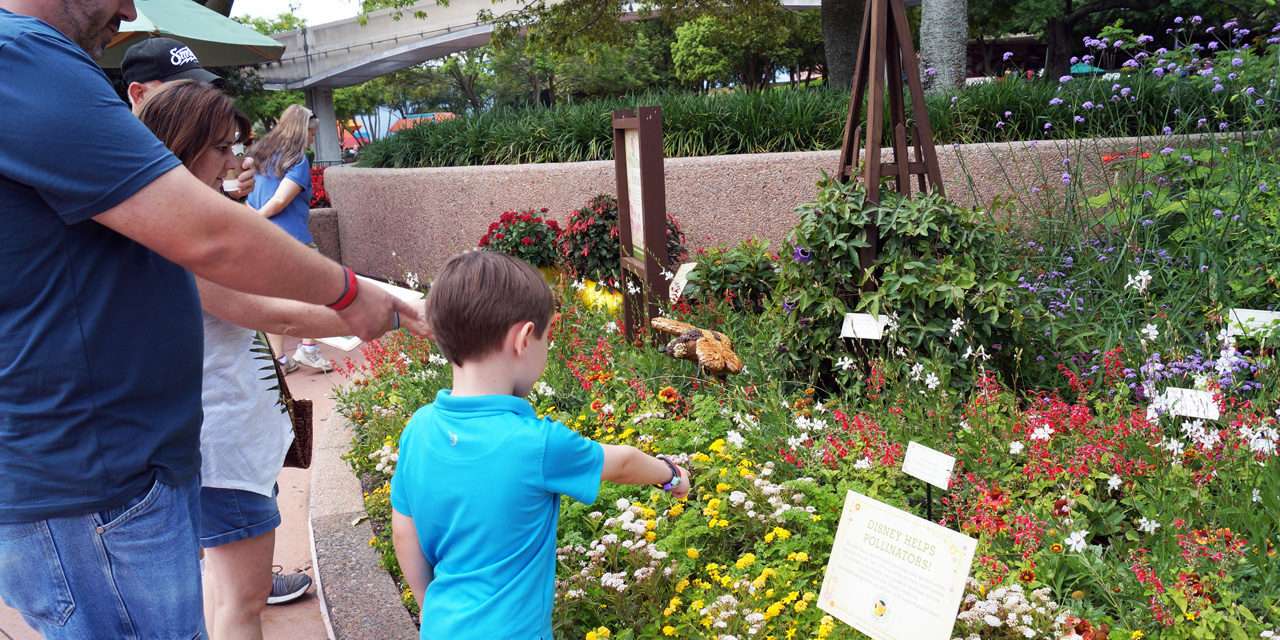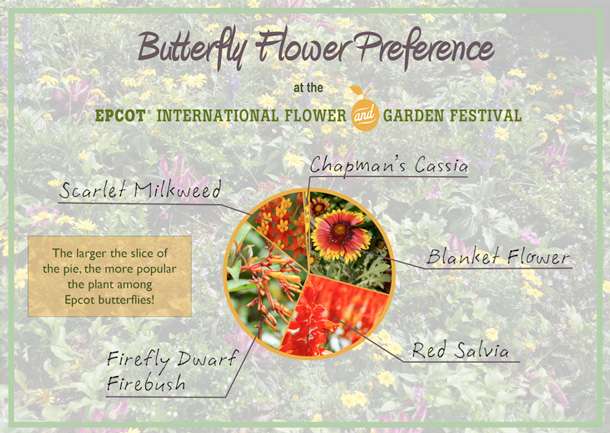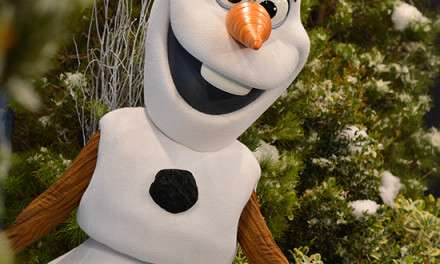Last week was National Pollinator Week, a time to celebrate the animals that quietly and consistently contribute to our ecosystem. Without them, we would have far fewer of our favorite foods to enjoy, such as vegetables, fruits, nuts, coffee and even chocolate.
As pollinators visit flowers to drink nectar, pollen grains stick to their bodies and feet and are transferred to other flowers. When the flowers belong to the same species, the egg cells of the second flower are fertilized, and the flower can now make seeds and reproduce! That’s incredibly important, because nine out of 10 flowering plants on earth rely on pollinators to help them reproduce, and almost a third of all human food relies on the work of these tireless animals.
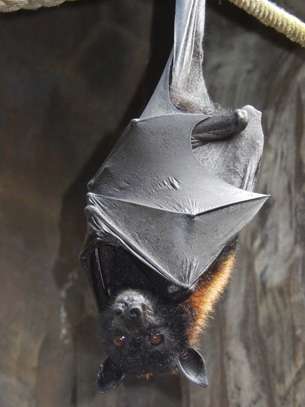 |
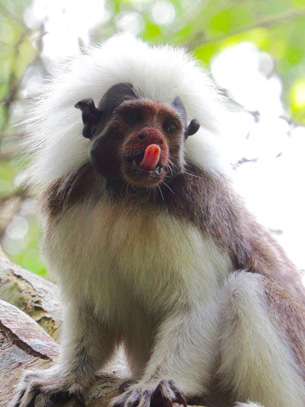 |
- Bees and butterflies typically take the spotlight as top pollinators. They are critically important pollinators as they travel from flower to flower, but they are not the only insect pollinators. Beetles and flies are important pollinators in some habitats.
- Hummingbirds are common pollinators in North and South America. These and other birds, such as lorikeets in the parrot family, have adaptations that help them feed from flowers. For example, the long beaks of some hummingbirds allow them to drink nectar from long, tubular flowers. While visiting these flowers, pollen is transferred to their heads, and then spread to other flowers.
- Fruit bats, such as the Malayan flying foxes you can see at Disney’s Animal Kingdom, are one of the few pollinators of canopy trees in their ecosystems. These tall flowering trees would suffer devastating decreases in reproduction if bats didn’t help spread pollen as they search for nectar.
- Cotton-top tamarins may also be important pollinators. In Colombia, as they enjoy the nectar of the orange flame vine, tamarins may help spread the red pollen to other flowers.
Many of our Guests saw pollinators in an up-close and personal way when they visited the recent Epcot International Flower and Garden Festival. Guests who stopped by the Pollinator Paradise Garden helped us collect data as citizen scientists by making observations about plant-pollinator interactions. Participants observed nearly 1,500 butterflies and just as many other visitors, including honey bees, bumble bees, lady bugs, hummingbirds and more.

